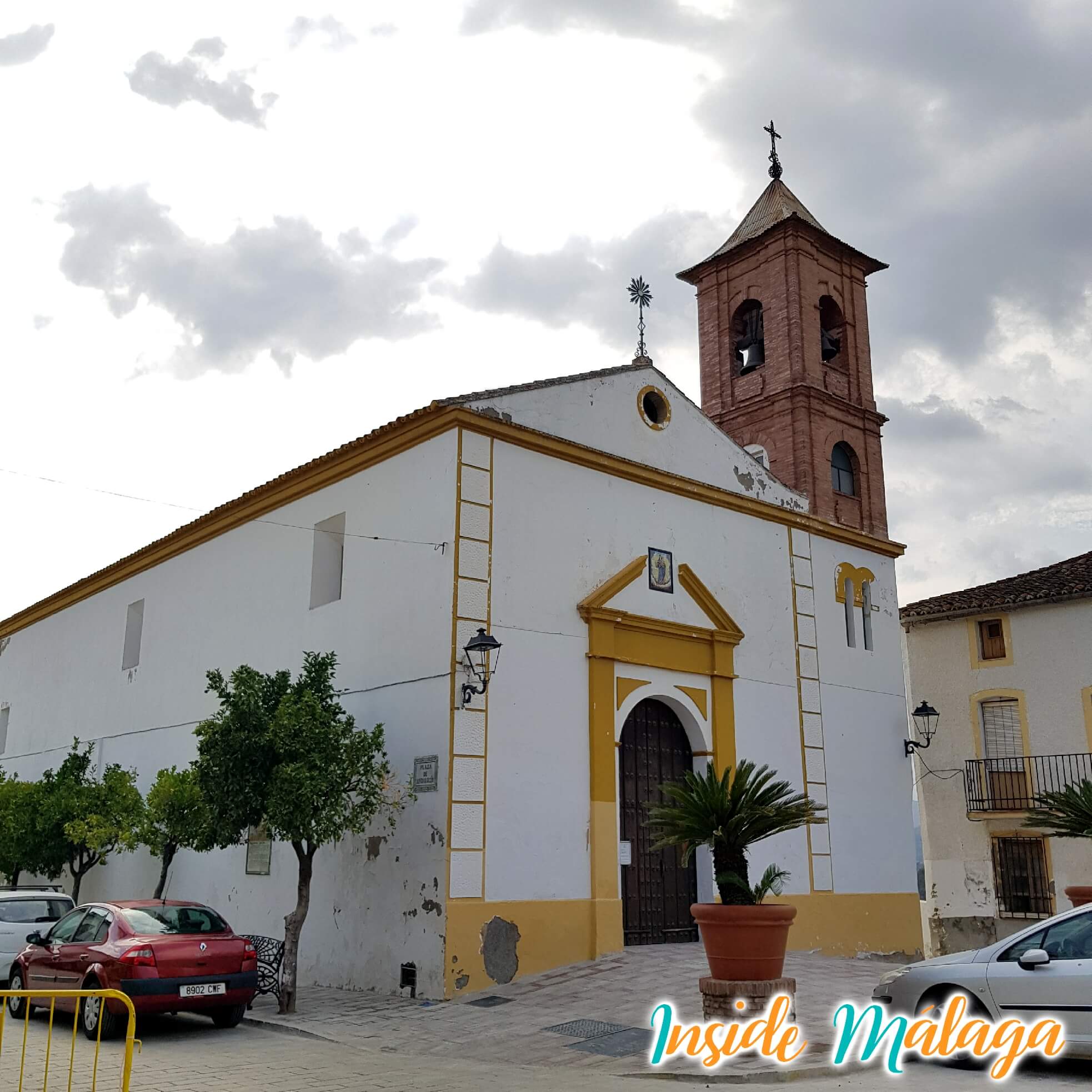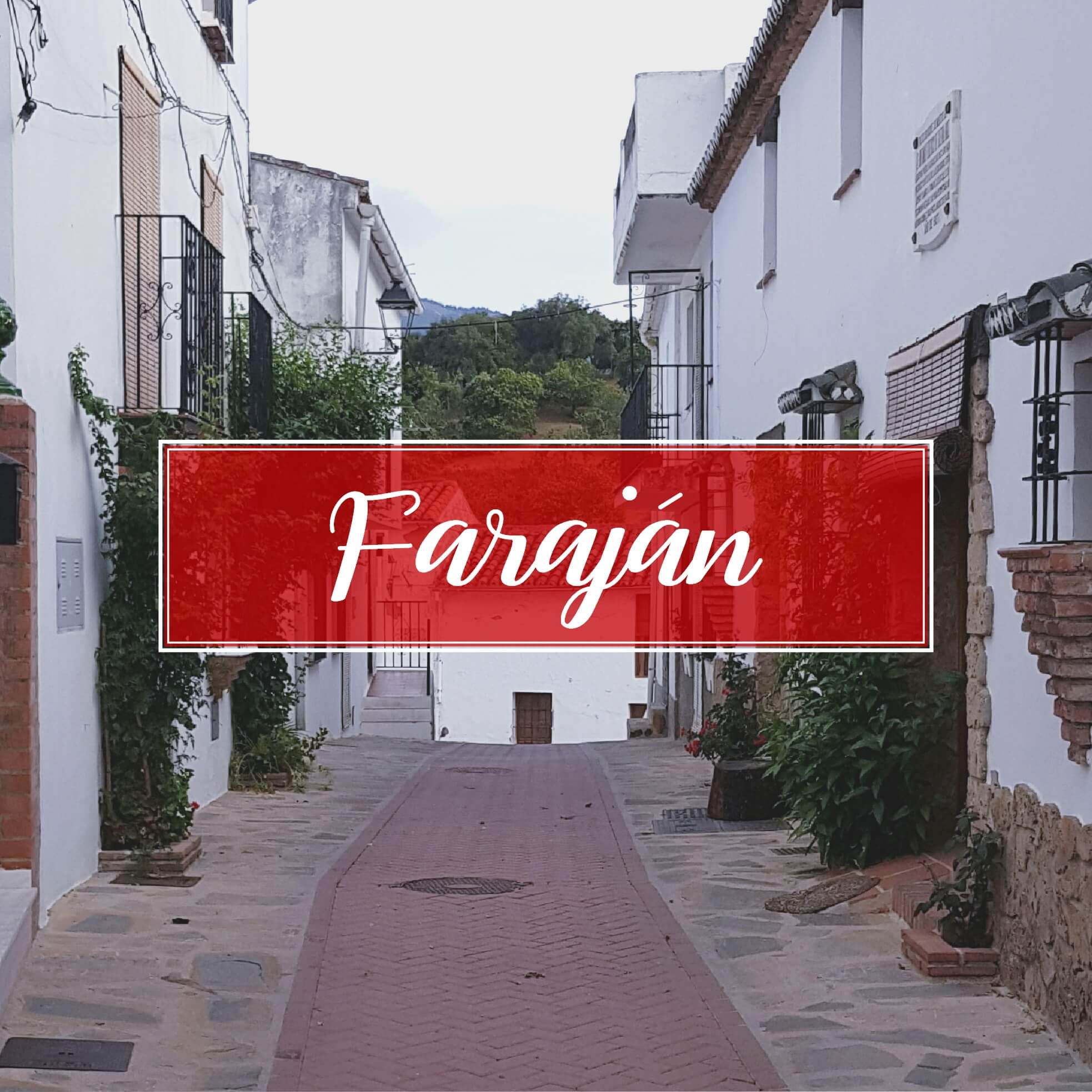Faraján, a white village of Arab origin where its nature and beauty do justice to the meaning of its name.
Where is Faraján located
Faraján is located 125km from Malaga capital with a population of 253 inhabitants. The municipal term has a dimension of almost 20,41Km square.
The origin of the name Faraján
Faraján comes from the Arabic “farhān“, which means happy or delightful place.
Denonym of the people of Faraján
The inhabitants are called “farajeño or farajeña”.
Curiosities about Faraján
- The villa is surrounded by forests full of holm oaks, pines, chestnut trees and cork oaks.
- Ernst Hemingway, Nobel Prize in Literature described the village as “a white swan swimming in a pool of hope”.
Monuments and places of interest in Faraján
- Church of Virgen del Rosario: Built after the reconquest in 1505, formed by a single nave measuring 40 meters by 10 meters. During the rebellion of the Moors, the altarpiece was dismantled by the royal troops of Don Álvaro de Luna and taken to a town in Granada called Huetor-Tajar. During the years 1581, 1680 and 1767, several earthquakes occurred in the province of Malaga, causing the collapse of one of the two towers of the church and profound reforms. We can see that the entrance of the church was modified from southeast to northeast, this is corroborated by the semicircular arch of Nasrid bricks that is currently whitewashed. In 1933 they married Antonio Federico de Sierra Ruiz, a native of Faraján and settled in Malaga together with his wife, Doña Aurelia Guiara Picasso, who is the cousin of the well-known painter Pablo Picasso. This marriage costed the reforms and construction after the war, among which the tower was rebuilt in the Mudejar style that bears the name of Federiquito Sierra, the son of Federico who died during the tuberculosis outbreak in 1918. The church tower stands out for its unaesthetic sheet metal roof, since 2021 the city council is requesting the change to a traditional roof.

For more information about Faraján Village: visit the City Council page
